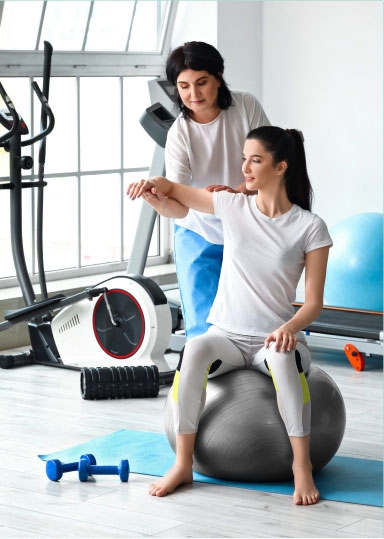
Sports
Rehabilitation
Neck pain can be caused by various factors, including muscle strain, poor posture, injury, or underlying medical conditions. Management of neck pain typically involves a combination of self-care strategies, lifestyle modifications, and, in some cases, medical interventions. It’s important to note that if you have persistent or severe neck pain, it’s advisable to consult with a healthcare professional for a thorough evaluation and personalized treatment plan.
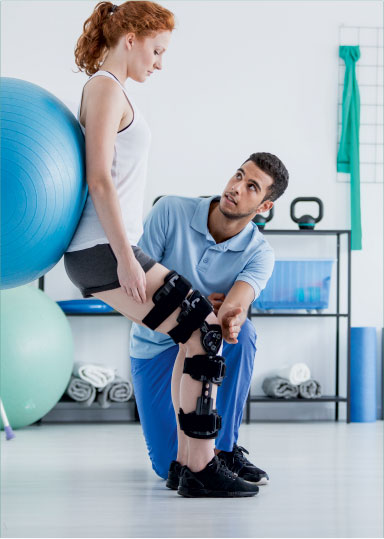
Orthopedic
Rehabilitation
Orthopedic rehabilitation is a specialized field focusing on the assessment and treatment of musculoskeletal conditions and injuries. It aims to improve mobility, restore function, and reduce pain through tailored interventions, including physical therapy and exercises, for individuals with orthopedic issues.

Neurological
Rehabilitation
Neurological rehabilitation is a specialized form of medical care aimed at improving function, reducing symptoms, and enhancing the overall quality of life for individuals with neurological disorders or injuries. Neurological conditions can affect the brain, spinal cord, peripheral nerves, and muscles, leading to a range of symptoms such as paralysis, muscle weakness, impaired coordination, cognitive deficits, and sensory disturbances.
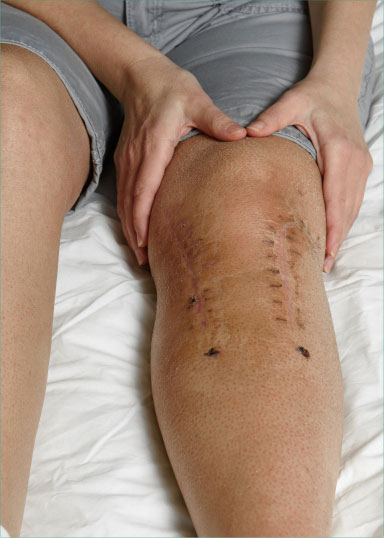
Post Surgical
Rehabilitation
Post-surgical rehabilitation, also known as postoperative rehabilitation, is a crucial aspect of the recovery process following a surgical procedure. The goal of post-surgical rehabilitation is to optimize the healing process, restore function, reduce pain, and enhance the individual’s overall quality of life after surgery. Rehabilitation programs are tailored to the specific surgical procedure performed and the individual’s unique needs and goals.
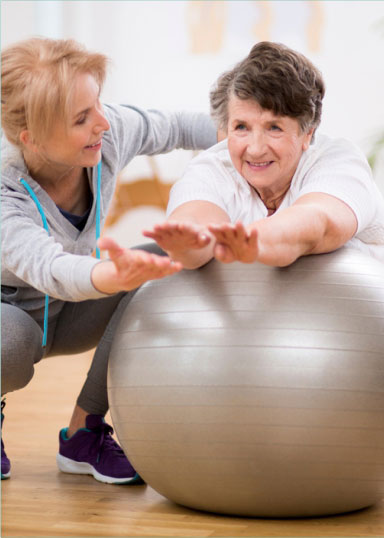
Geriatric Physiotherapy
Geriatric physiotherapy, also known as geriatric physical therapy, is a specialized branch of physiotherapy focused on addressing the unique needs and challenges faced by older adults. The goal of geriatric physiotherapy is to enhance the mobility, function, and quality of life of elderly individuals, particularly those affected by age-related conditions, chronic diseases, or injuries.
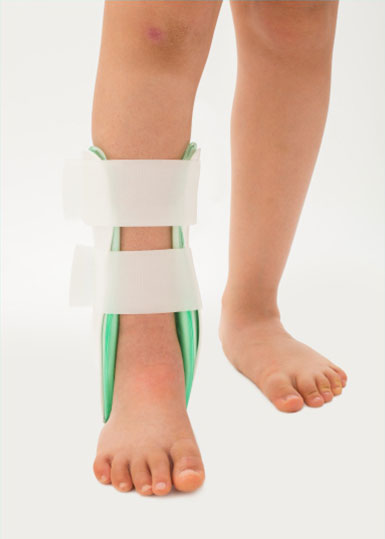
Post Fracture
Physiotherapy
Post-fracture physiotherapy is a crucial aspect of the rehabilitation process to help individuals regain mobility, strength, and function after a bone fracture. The specific approach to physiotherapy will depend on the type and location of the fracture, the type of treatment received (e.g., casting, surgery), and individual factors such as age, overall health, and fitness level.
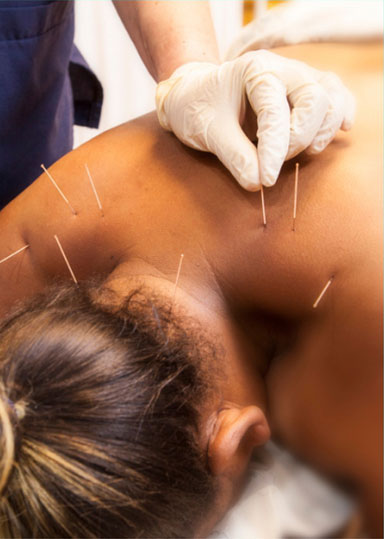
Dry Needling
Dry needling is a therapeutic technique that involves inserting thin needles into the skin and underlying tissues to stimulate trigger points, muscles, and connective tissues. Unlike traditional acupuncture, which is rooted in traditional Chinese medicine and aims to balance the flow of energy (qi) in the body, dry needling is based on Western anatomical and neurophysiological principles.

Kinesiology Taping
Kinesiology taping is a therapeutic technique that involves the application of a flexible, elastic tape to the skin to provide support to muscles and joints without restricting movement. This type of taping is commonly associated with sports and rehabilitation settings. Kinesiology tape is designed to mimic the elasticity of human skin and can be applied in various patterns to achieve specific therapeutic effects.
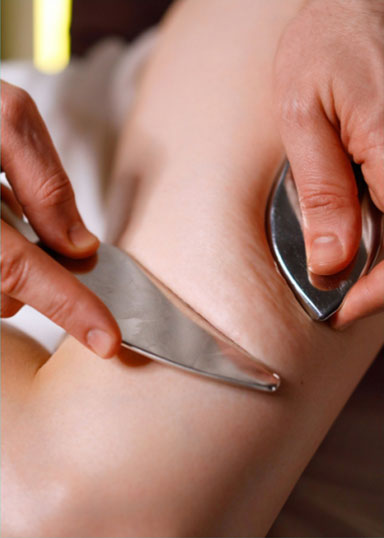
IASTM
IASTM stands for Instrument-Assisted Soft Tissue Mobilization. It is a manual therapy technique that involves the use of specialized tools or instruments to address soft tissue restrictions, scar tissue, and fascial adhesions. IASTM is commonly used by healthcare professionals, such as physical therapists, chiropractors, and sports medicine practitioners, as part of a broader treatment plan for musculoskeletal conditions.
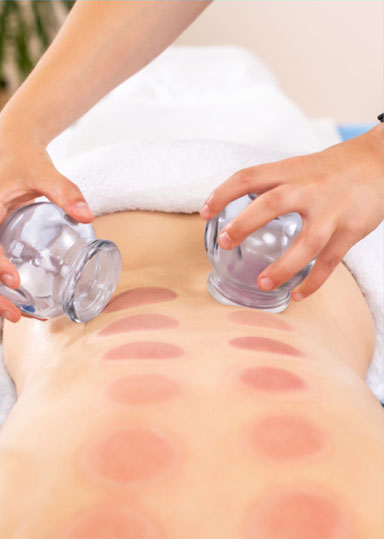
Cupping Therapy
Cupping therapy is an ancient therapeutic technique that involves placing cups on the skin to create suction. This practice is used for various purposes, including pain management, inflammation reduction, improved blood circulation, and relaxation. Cupping therapy is often associated with traditional Chinese medicine (TCM) but has also been utilized in other traditional healing systems.
